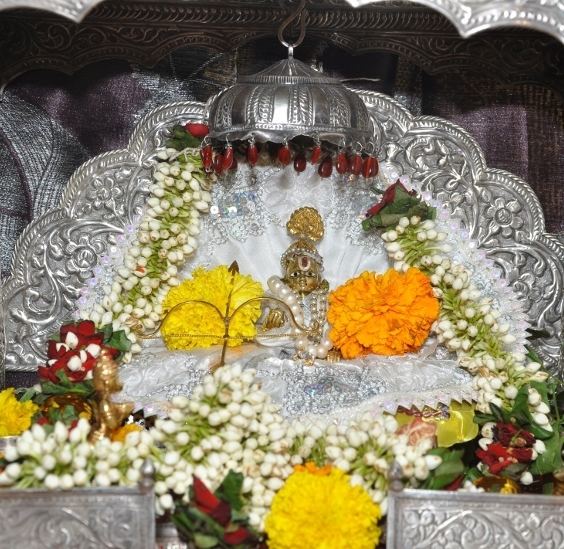Country India Date built Before 8th century AD Primary deity Rama | State/province Uttar Pradesh Creator Vikramaditya | |
 | ||
Architectural styles currently in a makeshift temple | ||
Ayodhya is one of seven most holy places for Hindus in India. Ayodhya is revered as the birthplace of the Maryaada Purushottama, i.e. ideal man, Lord Rama King of Ayodhya, as worshiped also by Hindus as an avatar of Vishnu. The Skandha Puraana, narrates in detail the different temples in Ayodhya, including the one commemorating the birthplace of Rama.
Contents
The deities are perpetual minors and against them Limitation Laws do not run. The place of birth that is Rama Janma Bhumi is a juristic person. The deity also attained divinity like Agni, Vayu, Kedarnatha. Asthana is personified as the spirit of divine worship as the birthplace of Rama lala or Shri Rama as a child.
Supreme court allows repairs in ayodhya s ram lalla temple
Etymology
Rama lalla (or Rama as an infant / Rama lalla virajmana / Rama lalla birajmana) is a Hindu God as an infant (lalla), the presiding deity at the temple of Janambhumi (Birthplace Temple) at Ayodhya, India.
History
Historically, the site was of utmost importance to Hindus. Hindus have been worshiping there as the birthplace of God Rama and visiting it as a sacred place of pilgrimage as of right. The Janmasthana temple was rebuilt many times by kings of well-known dynasties prior to 900A.D.
Even after the temple was demolished in 1528 by Emperor Babur, it remained under continuous veneration and Hindus attempted to rebuild the temple at the site.
The deity is therefore currently in a makeshift temple at the site.
The ruling of the High Court implies that as a Hindu deity, Rama Lalla enjoys legal rights, albeit represented by his guardian as he is a minor. The Indian judicial system treats deities as legal entities who could have legal representation in courts through the trustees or managing board in charge of the temple in which they are worshiped. Refer Order 32 of the Civil Procedure Code for clarity.
Literature
Thumak Chalata Ramachandra, a musical, literary work by Hindu saint and one of the most famous representatives of the Bhakti school of Hinduism, Tulsidas (Devanāgarī) praised Ram lalla in Bhakti tradition.
